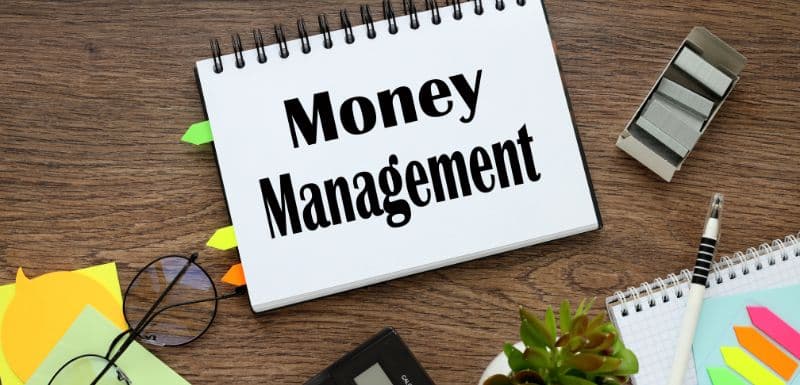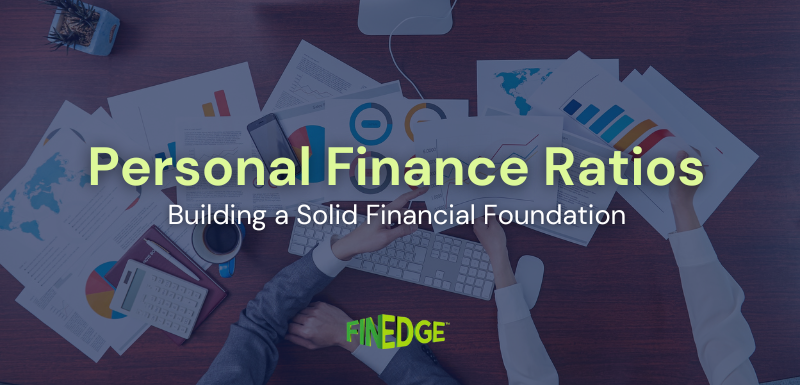In your 30s? Here’s how you should approach money management

Your 30s are a crucial time for investment planning, balancing wealth creation with growing responsibilities. Avoid reckless trading, overly conservative investments, and unnecessary life insurance. Instead, focus on long-term mutual fund SIPs, step up contributions annually, and use a SIP calculator to align investments with your financial goals.
Your 30s are a tricky – and critical – life stage when it comes to your personal finances. You’re probably just waking up to the importance of investment planning . Perhaps you just got married and even have a young kid. At the same time, your liabilities may be going up as you upgrade your family’s lifestyle. It’s a confusing time! What should you do – or not do?
Avoid Speculation: The Risks of Reckless Trading in Your 30s
First, do not become overtly speculative with your investment planning – start hastily trading on stock tips, for instance. Reckless trading can only have one long term outcome on your investment planning (beginners’ luck aside); and it’s not usually a positive one. Embittered by such a poor initial experience, many people in their 30s turn away from the stock markets for good, thereby missing out on one of the best engines for wealth creation that are available.
It’s a well-publicized fact that in the long run, equities outperform every other asset class handsomely. It’s difficult to quantify in rupee terms then, just how detrimental such an early experience can be to your investment planning! Those in their 30s are advised to not fritter away their earnings by trading or gambling in derivatives, but to invest in high quality mutual funds using a systemic investment plan instead.
Don’t Overcompensate: The Pitfalls of Being Too Risk-Averse
Next- do not overcompensate place yourself at the opposite end of the risk tolerance spectrum when it comes to investment planning! Many investors in their 30s adopt an overcautious approach right off the bat; only committing their monies to PPF accounts or deposits, for instance. What’s more, this risk aversion is often encouraged by well-meaning parents or grandparents! Unfortunately, this habit can severely impact the quantum of achievable wealth creation a decade down the line.
Remember this: the one good thing about money is that over the long run, it can produce more money by way of compounding. By becoming risk avoidant in your 30s, you’ll be depriving yourself of the prospect of putting together sizeable corpuses for their later years. Rs. 5,000 saved in a Mutual Fund systematic investment plan for 25 years can compound to Rs. 1 Crore – in a PPF account, it’ll never grow beyond Rs. 50 lakhs.
Third, those in their 30s without dependants may end up including life insurance in their investment planning, just to save taxes in the yearend rush to submit their documents to their HR Managers. Barring a few rare circumstances in which your aging parents are dependent on you , this would be an unwise decision. A few low cost ULIP’s (which constitute a more aggressive investment) may make a little more sense than traditional policies. But why should you pay for a life cover when you don’t require it in the first place?
Instead of adopting a “spray and pray” approach to investing, using a SIP calculator can be extremely useful. Work with a financial advisor to map our your critical financial goals and then use a SIP calculator to figure out how much you need to save, what your target returns should be, and how much you need to step it up annually to achieve your investment planning goals.
In conclusion - here are a few investment planning thumb rules to follow as in your 30s: don’t speculate in stocks, derivatives, commodities and other “weapons of mass destruction”. Invest in long term growth stocks with a time horizon of five to ten years. Start a systematic investment plan in an aggressive fund and step it up by 10% annually – one of these systematic investment plans should be an ELSS (Equity Linked Savings Scheme) which will double up as a tax saving instrument. Avoid low risk, low return investments. Use a SIP calculator to understand the interplay between risk and reward and how it impacts our financial goals. And lastly, make sure that you critically evaluate the actual need for a life cover before you opt for one.
Your Investing Experts
Relevant Articles
Understanding the Financial Planning Pyramid: Building Your Finances the Right Way
Most people juggle several financial goals at once, an emergency fund, retirement planning, a child’s education, or even short-term lifestyle goals like travel. Without a proper framework, it becomes difficult to decide what to tackle first. The Financial Planning Pyramid offers a simple and effective way to bring structure to your financial life. It ensures that essential protections are in place before you start saving and investing for long-term wealth.
Personal Finance Ratios You Should Understand Before You Start Investing
Successful investing begins long before you pick funds or set return expectations. It starts with understanding your financial foundation, how much you earn, how much you spend, and how much is left to invest consistently. These simple but powerful personal finance ratios offer a clear view of your financial health and help you make informed, goal-aligned decisions.
Why Mutual Funds Are the Smartest Way to Build Your Child’s Marriage Fund
Indian weddings are beautiful but expensive affairs, and their costs are rising every year. Mutual fund SIPs can help you plan ahead, ensuring your child’s big day is celebrated without financial stress.
.png)


.png)